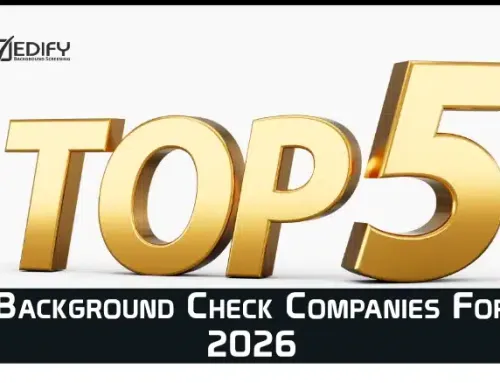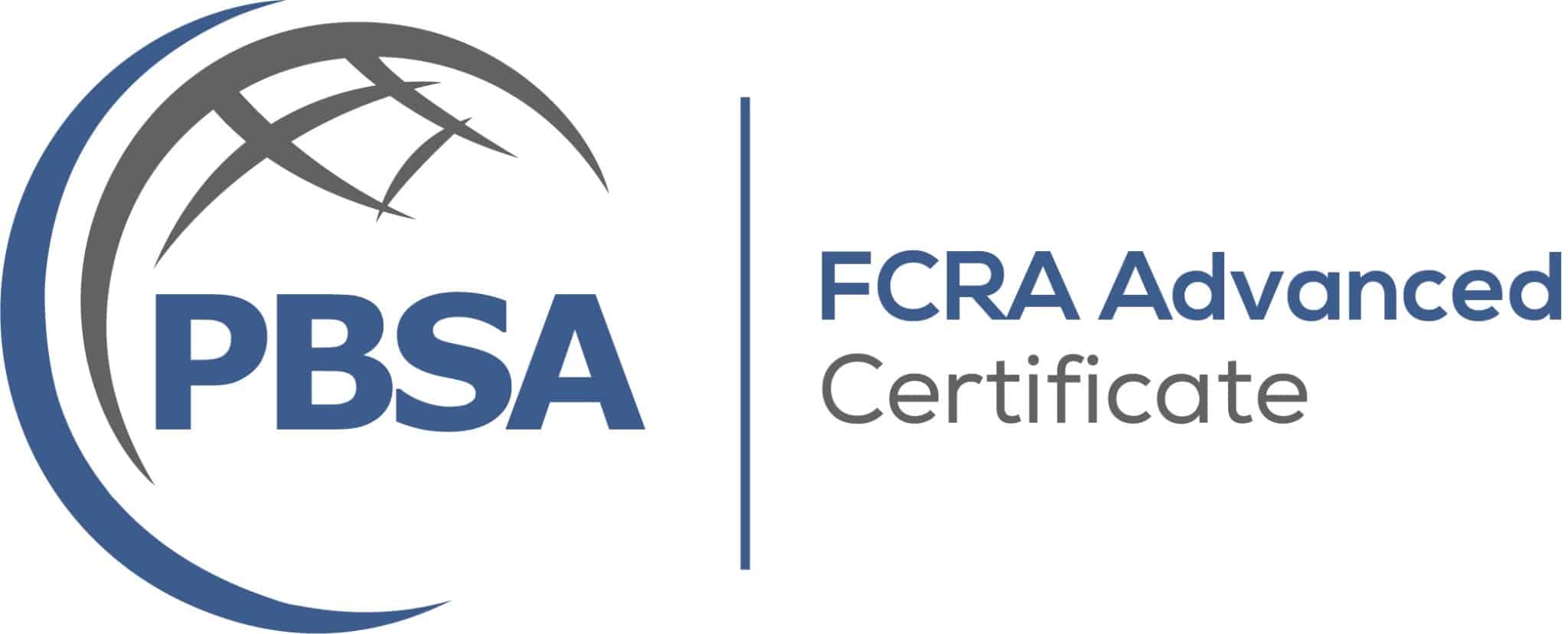How to Verify Employment History SMB Guide
by Chas Scott | EDIFY Background Screening
Hiring is hard enough without chasing down old HR departments. Employment history verification confirms where a candidate worked, when, and what they did. It helps you validate scope of experience and avoid surprises. It’s one piece of your broader background checks process, and it’s different from proving identity or work authorization. In this guide, you’ll get a simple, defensible process that fits small and mid‑sized businesses.
You’ll learn the common ways employers verify past work, why do‑it‑yourself calls often stall out, and when partnering with a consumer reporting agency (CRA) saves time and reduces headaches. We’ll give you scripts, checklists, and quick answers to frequent questions so you can move faster without cutting corners.
What counts as employment verification?
The goal is to confirm the basics of a candidate’s work history with a reliable source. Most prior employers limit what they share, but you can usually verify the essentials:
- Dates of employment (start and end)
- Job title(s) and department
- Full‑time or part‑time status
- Rehire eligibility (yes/no, when disclosed)
- Final level or scope (e.g., manager vs. individual contributor)
- Pay information only when lawfully shared and company policy allows (many won’t)
Keep your questions standard and job‑related. Your outcome should be a short, consistent write‑up you can compare across candidates.
DIY reality check: Verifying directly with the prior employer
On paper, calling a prior employer sounds simple. In practice, many organizations route verifications to third‑party portals or rigid HR ticket systems and won’t release details by phone. You’ll run into paywalls, “dates and title only” policies, and long queues. For SMBs, that means voicemails, follow‑ups, and delays—while your role sits open and candidates move on.
If you still try DIY, set expectations: you’ll spend time locating the right contact, creating portal accounts, and documenting each attempt so your process is consistent. That’s why many growing teams shift this work to a CRA that already has the pathways, scripts, and workflows to move faster and keep records audit‑ready.
Short call script (when you do reach someone)
Hi, this is [Name] with [Company]. I’m verifying employment for [Candidate]. I have a signed authorization and can send it now. May I speak with HR or whoever handles employment verifications? We’re looking to confirm dates of employment, title, and rehire eligibility. If your organization uses a verification service, what portal or employer code should we use? I’ll submit the request today and include the signed release. Thank you.
Document‑based verification: W‑2s, pay stubs, letters
Documents can help when a business is very small, shut down, or otherwise unreachable. Ask for recent W‑2s, pay stubs, or official letters that tie the candidate to the employer and timeline. Then cross‑check the details.
How to use documents without getting burned
- Acceptable proofs: W‑2s, pay stubs, offer/termination letters, 1099s for contractors.
- Match names, dates, company, and, where available, EINs.
- Watch for red flags: mismatched employer names, formatting anomalies, or dates that don’t line up.
- Use documents as corroboration—when possible still seek an independent employer confirmation.
- Store securely and keep only what you need (data minimization).
When to escalate or decline
Keep decisions job‑related and consistent. Escalate the review—or rethink the hire—when you see:
- Unexplained gaps you can’t resolve after reasonable attempts
- Materially inflated titles or responsibilities
- Dates that conflict across sources with no credible explanation
- No response after multiple documented attempts through the correct channel
- Unverifiable closed employers with no corroborating documents
Common DIY Employment Verification hurdles
- Many HR teams use external verification services—no phone confirmations.
- Prior employers often confirm only dates/title; rehire status or pay is rare.
- Gatekeeping via web portals/paywalls requires account setup and per‑check fees.
- High follow‑up burden: multiple attempts across phone, email, and portals.
- Risk of inconsistency if different managers improvise the process.
- Slower time‑to‑hire and higher drop‑off when candidates wait weeks.
- Documentation gaps make it harder to show a fair, standardized process later.
- Opportunity cost: your team’s time vs. a CRA’s dedicated verifications desk.
- Patterns that undermine trust or are critical to job performance
Document what you tried and what you found so the decision is defensible.
Why partnering with a CRA for Employment Verifications is a Smart Move
Working with a consumer reporting agency turns a messy, manual chase into a repeatable workflow. A solid CRA already navigates employer portals, knows which questions are answerable, and keeps a clean trail of attempts and results. You submit one request; they run a standardized process and return clear, comparable outputs—without your team creating new logins or dialing dead ends.
The upside shows up in time‑to‑hire and candidate experience. Candidates aren’t stuck waiting while you track down records; the CRA chases confirmations, escalates quickly, and keeps you updated. You also get centralized reporting, easier audits, and predictable pricing—so hiring managers can plan and keep momentum. If you’re a lean team, see small business background checks for an end‑to‑end option that includes employment verifications.
Benefits of using a CRA
- Reach & relationships: Existing pathways into common employer portals and verification vendors.
- Standardization: Uniform questions, timestamped attempts, and consistent write‑ups across roles.
- Speed & persistence: Dedicated staff to follow up, escalate, and close gaps.
- Better candidate experience: Fewer back‑and‑forths and clearer expectations.
- Clean records: Centralized logs that support audits, metrics, and future re‑checks.
I‑9/E‑Verify vs. employment history verification
These are different. Form I‑9 and (if you use it) E‑Verify confirm identity and work authorization in the U.S. They do not confirm where someone worked in the past or what they did. Employment verification is about past roles and dates. If records are unavailable, use document‑based evidence plus reasonable follow‑ups and note the outcome in your verification log.
Quick contrast
- I‑9/E‑Verify: Identity and work authorization. Required for new hires. Does not verify past jobs.
- Employment verification: Prior employers, dates, titles, rehire eligibility, and sometimes status.
- If an employer is closed: Use document proofs and annotate your file.
- If details conflict: Prioritize direct employer confirmation; otherwise note the discrepancy and context.
Wrap‑up
Verifying employment history shouldn’t derail an otherwise great hire. Keep your process simple, consistent, and documented. When you’re ready to hand off the chase and get standardized results, pricing is straightforward—see our background check pricing.
FAQs
How long does employment verification take?
It depends on the employer’s process. Phone‑friendly small businesses can be same day. Portal‑only employers and schools may take several business days. A CRA speeds this up because they know the channel and keep attempts moving.
What if a prior employer only confirms dates and title?
That’s common. Use the standard output you can get, note what wasn’t provided, and avoid pushing for restricted information. Compare across multiple roles to build the bigger picture.
Can we ask about pay in an employment verification?
Some employers won’t disclose pay, and some states have laws that limit pay‑history questions in hiring. Focus on dates, title, and scope. If pay is essential (e.g., for regulated roles), request documentation from the candidate.
Can contractors or freelancers employment history be verified?
Yes. Confirm engagement dates and scope with the client or staffing firm, and request 1099s or statements if direct confirmation isn’t available.
What if the business is closed or records are gone?
Use document‑based evidence (W‑2s, stubs, letters) and attempt to contact any successor entity or payroll provider. Record what you tried and your rationale for the final call.
How many employment verification attempts are reasonable?
Set a standard (for example, three attempts via the required channel over five business days), then apply it consistently. A CRA handles the cadence and documentation for you.
Sources to Explore for More Information
- FTC – “Background Checks: What Employers Need to Know”
- EEOC – “Use of Arrest and Conviction Records in Employment Decisions”
- USCIS – I‑9 Central (Employment Eligibility Verification):
- E‑Verify – Program Overview:
- SHRM – Employment Verification (overview and best practices)
- CFPB – FCRA and background screening (overview/resources)
The resources provided here are for educational purposes only and do not constitute legal advice. We advise you to consult your own counsel if you have legal questions related to your specific practices and compliance with applicable laws.












